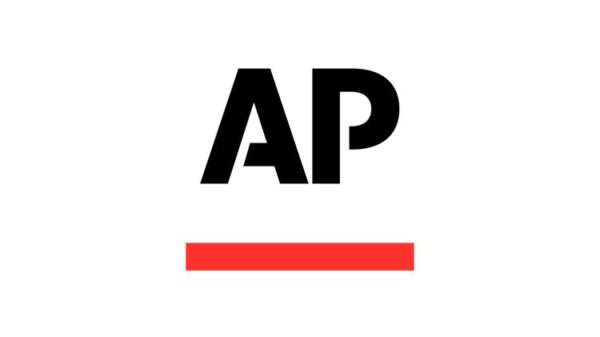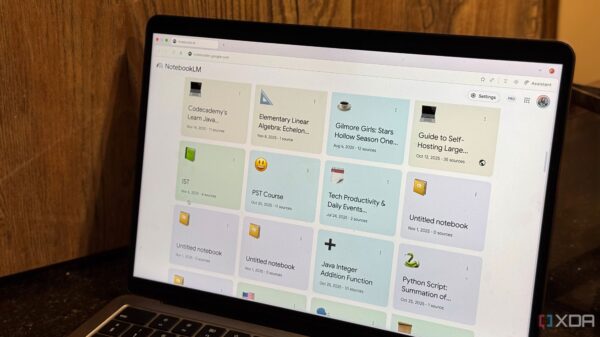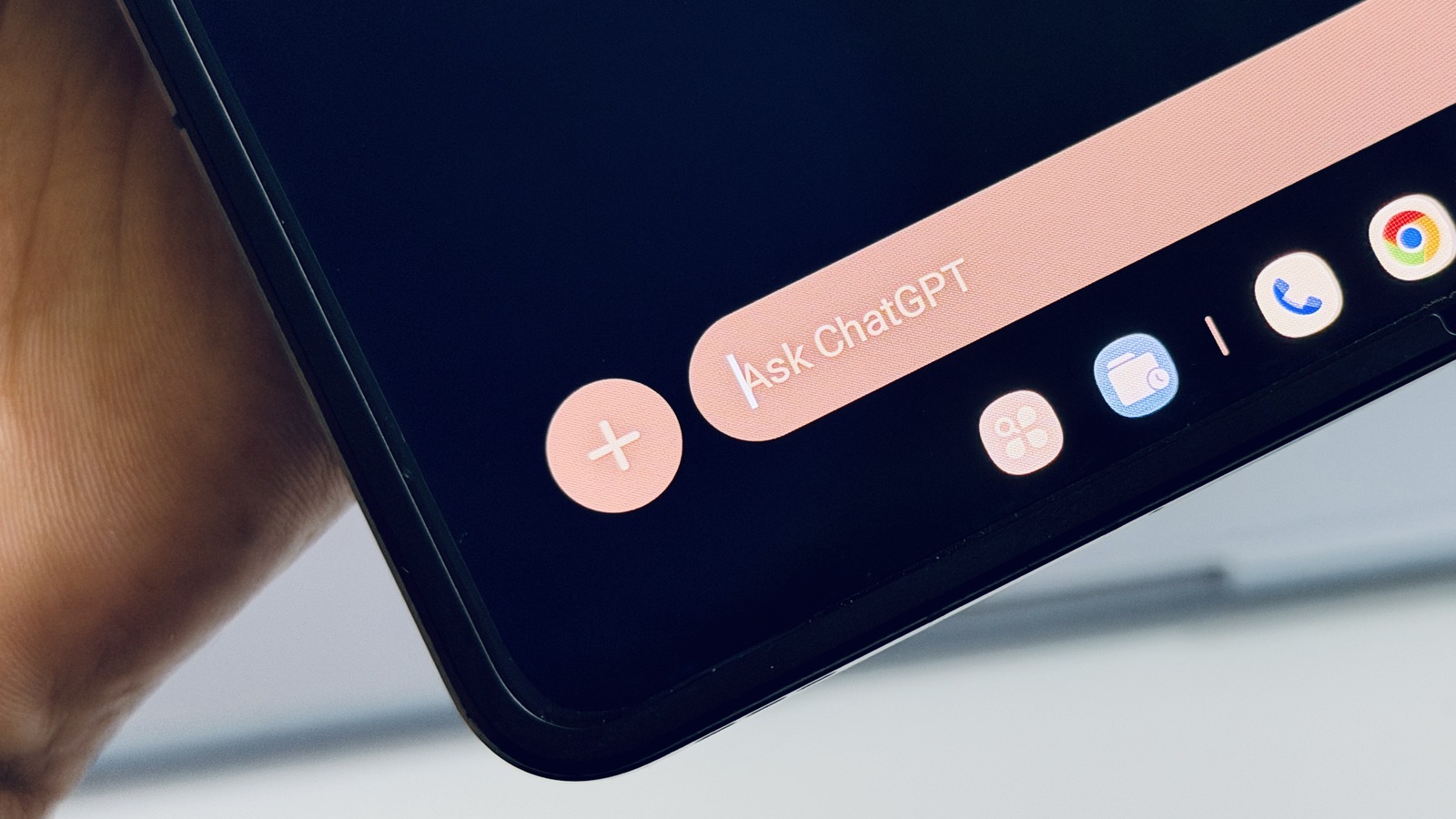Artificial intelligence chatbots, particularly ChatGPT, have evolved from niche tools to essential resources for millions. According to OpenAI, approximately 10% of the global population, or around 700 million users, engage with the AI chatbot weekly. Despite skepticism surrounding AI technology, recent data reveals that the primary uses of ChatGPT largely revolve around work-related tasks rather than more speculative applications.
The latest findings from OpenAI indicate that nearly 40% of ChatGPT sessions involve writing tasks, such as modifying tone and style. This reflects a significant trend toward utilizing AI for practical and mundane functions. However, many users overlook advanced features that could enhance their productivity and streamline workflows.
Maximizing Productivity with Deep Research
One of the standout features of ChatGPT is Deep Research, which allows users to generate comprehensive reports by analyzing numerous documents and web pages. This tool is particularly beneficial for those needing to compile information quickly. For instance, while researching incidents involving self-driving technology and legal implications, a user can request ChatGPT to gather relevant data. In a matter of minutes, the AI can produce a well-structured report, saving hours of manual research.
The efficiency of Deep Research was illustrated when a user tasked ChatGPT with gathering information about self-driving vehicle incidents across various states. Instead of spending several hours sifting through multiple sources, the AI generated a detailed report in under 10 minutes, demonstrating its capacity to significantly reduce time spent on information gathering.
Custom GPTs and Enhanced Interaction
Another underutilized feature is the ability to create custom GPTs. This allows users to design a tailored version of ChatGPT to meet specific needs without requiring technical expertise. Users simply describe the desired functions in natural language and save the configuration. For those looking for ready-made solutions, the GPT Store offers a variety of options across categories like productivity and image creation.
For example, a user created an Email Assistant custom GPT trained on their writing style. This assistant manages email responses efficiently by crafting replies based on received messages, which helps maintain organization in a crowded inbox.
Additionally, ChatGPT’s capability to process uploaded files adds another layer of functionality. Users can share documents in various formats, including Excel and PDF, allowing the AI to analyze the content and respond to queries based on the supplied materials. This feature proved useful for a user exploring a complex research paper from Dialogues in Clinical Neuroscience, which examined virtual reality experiences mimicking visual hallucinations. By uploading the paper, the user received a clear breakdown of its core aspects, making the intricate information more accessible.
Privacy concerns often accompany the use of AI technologies. ChatGPT addresses this with its Temporary Chats mode, which allows users to engage with the AI without saving conversation history. This feature is particularly valuable for sensitive discussions, providing a fresh start with each session while ensuring that past interactions do not influence future responses.
Furthermore, the introduction of connectors enhances ChatGPT’s capabilities by allowing it to interact with various services like Gmail and Google Calendar. This functionality enables users to manage tasks directly through the AI, making it easier to integrate work processes. For instance, users can ask the AI to summarize tasks based on meeting notes or internal reports, blending internal and external data for a comprehensive analysis.
For those with advanced licenses, creating custom connectors using the Model Context Protocol expands these capabilities even further. Although certain limitations apply, such as the inability to analyze images when connectors are active, the potential for optimizing workflows is substantial.
In conclusion, while many users engage with ChatGPT for basic functions, the advanced features available can significantly enhance productivity. By exploring tools like Deep Research, custom GPTs, file uploads, and connectors, individuals can unlock the full potential of this AI chatbot, transforming how they manage information and tasks.





































































